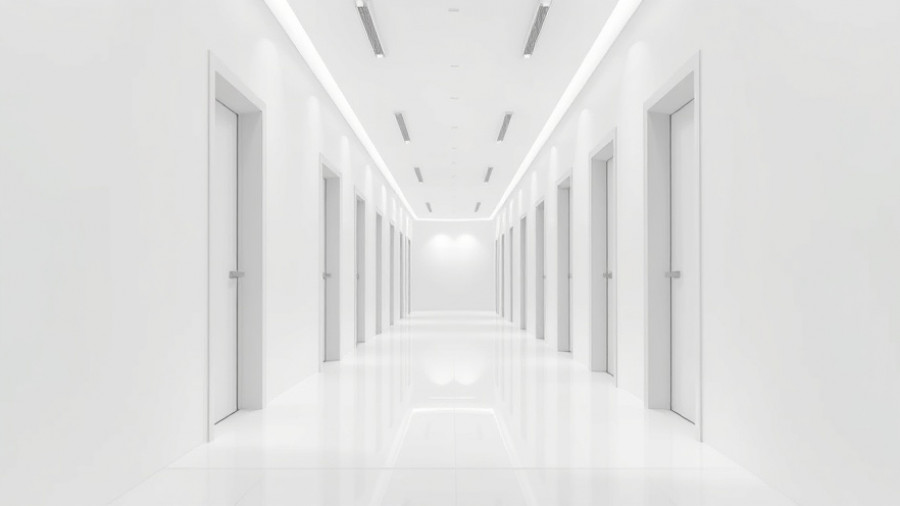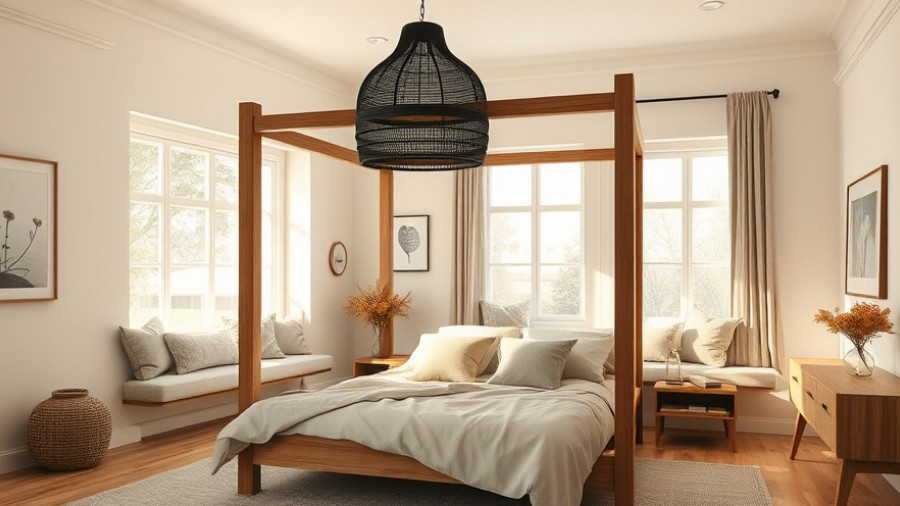
Embracing Biophilia: Connecting With Nature
When we think of biophilic design, we often visualize indoor plants or green walls. While these elements are essential to creating a natural ambiance, biophilic design encompasses a broader philosophy—creating spaces that foster connections to the natural environment. This connection isn't merely aesthetic; research indicates that such designs can significantly impact our physical and mental well-being, lowering stress, balancing circadian rhythms, and enhancing overall health.
The Power of Nature-Inspired Spaces
Biophilic design is rooted in the innate human desire to connect with nature—an essential aspect of our evolutionary history. Scientific studies reveal that integrating natural elements like light, texture, and organic materials into our surroundings can result in measurable benefits, such as improved focus and a strengthened immune system. But how can you implement these ideas in your own space? Let us explore various techniques that will turn any room into a nature-inspired sanctuary.
Soothing Colors for a Calming Atmosphere
One of the simplest methods to embrace biophilic design is through the colors we choose. Nature's palette—soft greens, earthy browns, and soothing blues—provides a serene backdrop that calms the nervous system. Instead of opting for harsh or bold hues, consider refreshing your space with gentle tones reminiscent of a landscape. For example, swapping a vivid accent wall for a soothing sage can transform a room's energy. Additionally, incorporating artwork featuring scenic vistas or natural elements can bolster this tranquil ambiance.
Integrating Natural Materials
Another key element of biophilic design is the use of natural materials. Surrounding ourselves with items made from wood, stone, or linen can create a nurturing and grounding environment. Unlike synthetic materials, natural textures promote a feeling of connection to the earth and positively impact indoor air quality. A simple addition of a jute rug, a wooden table, or linen curtains can significantly enhance the sense of warmth and comfort in your space.
The Magic of Living Walls
Consider taking your design a step further with living walls—vertical gardens that offer therapeutic benefits beyond aesthetics. These green constructions help filter indoor air and contribute to improved acoustics, transforming a sterile environment into a health-promoting haven. Including plants like ferns, moss, or a variety of flowering species can help revitalize your space.
Future Trends in Biophilic Design
As people increasingly seek ways to create healthy living environments, biophilic design is gaining popularity. Emerging trends suggest a shift towards more sustainable practices, such as the use of reclaimed materials and energy-efficient solutions. Staying attuned to these innovations can provide valuable insight to those interested in modern interior trends, offering fresh perspectives on how to enhance well-being through design.
Taking Action to Create Your Space
Now that you understand the essence of biophilic design, the next step is to embrace it in your own spaces. Begin with small changes by infusing your home with soft colors, natural materials, and engaging natural elements. Whether you're redoing your living room, styling your home office, or sprucing up your entryway, consider how you can incorporate these ideas to foster connections with the outdoors.
Conclusion: Redesigning Your Environment for Well-being
The transformative power of biophilic design extends far beyond aesthetics. By thoughtfully integrating nature-inspired elements into our interiors, we not only enhance the beauty of our spaces but also improve our overall health and well-being. Join the movement by exploring modern interior trends that prioritize connection to nature—the benefits are too significant to overlook.
 Add Row
Add Row  Add
Add 




Write A Comment